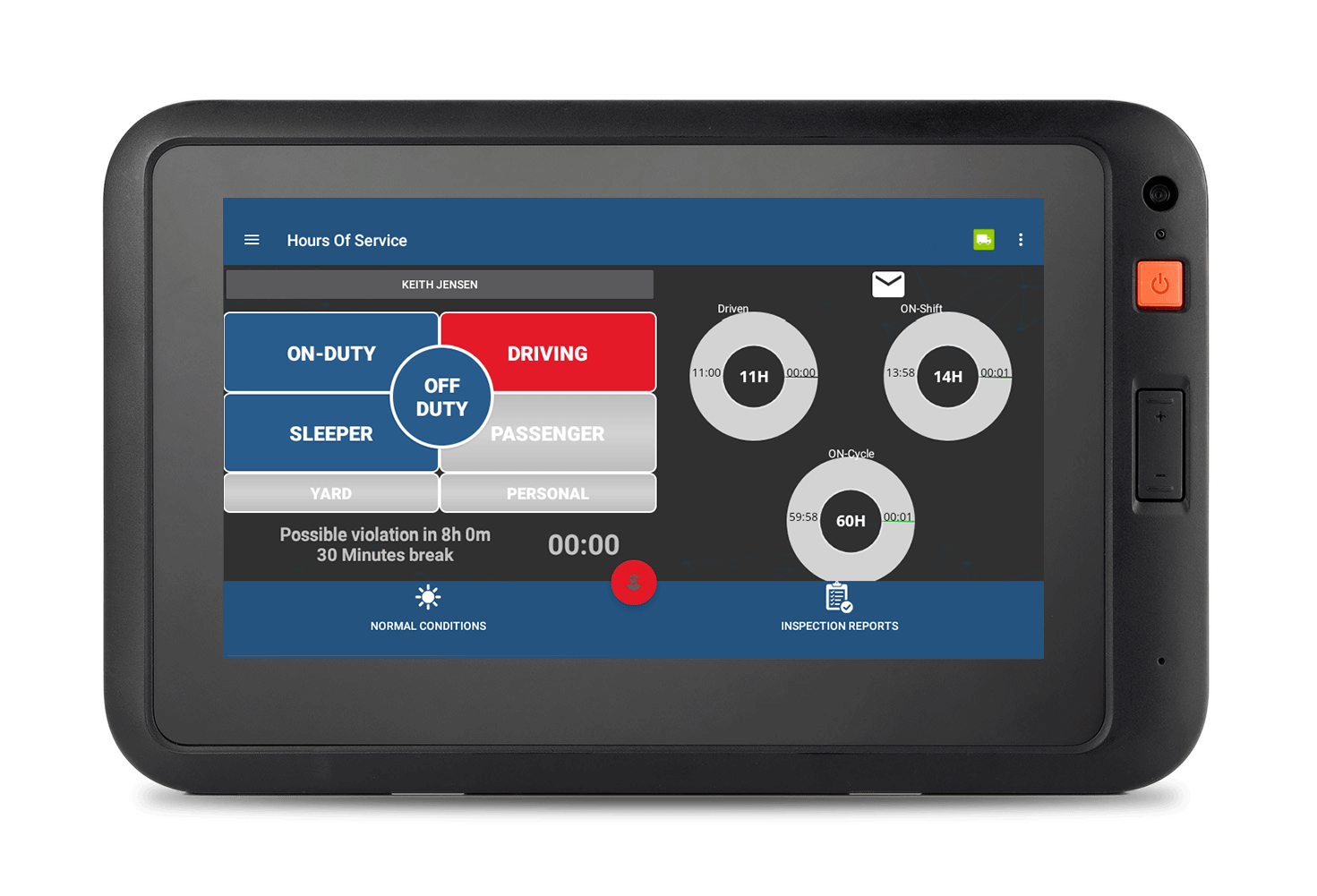
Compliance Corner
An FMCSA Safety Rating Process Update
The Federal Motor Carrier Safety Administration published an advanced notice of proposed rulemaking asking stakeholders if and how the agency should update its safety rating process to make it more efficient and effective. It’s part of a larger strategy to shore up enforcement programs to keep pace with the rapidly growing and evolving truck and bus industries. You see, FMCSA has a numbers problem, and just keeping up sometimes seems like an insurmountable problem.
According to FMCSA’s Pocket Guide to Large Truck and Bus Statistics, the industry has approximately 485,000 regulated for-hire carriers. If you add in private motor carriers, FMCSA’s charge reaches to over 620,000 motor carriers. These carriers utilize 8.7 million drivers and over 14 million large trucks and buses. Unfortunately, those tasked with monitoring these carriers and drivers are severely outmatched. At roadside, FMCSA and its state partners only inspect around 3 million vehicles and complete only around 12,000 carrier investigations annually, according to the Agency’s Analysis & Information Online website.
That’s a problem since law enforcement relies on “touches” to help achieve its objectives. This means direct interactions, physical or virtual, with law enforcement are intended to compel compliance. But, with hundreds of thousands of motor carriers without a safety rating, only 12,000 carrier investigations annually, and tens of thousands of new motor carriers entering the industry each year, it’s impossible to “touch” every carrier. And so, FMCSA is considering changes in how they rate carriers.
In the notice, FMCSA doesn’t spell out precisely how the process should change but does provides clues into their thinking. Here are a few things they’re considering:
Changing the official rating scale from a three-tiered (Satisfactory, Conditional, and Unsatisfactory), to a double (Fit and Unfit) or single (Unfit) rating scale;
Adding additional HazMat violations to the list of those that can impact safety ratings;
Weighing driver behavior-type violations more heavily than other violations;
Considering a carrier’s adoption of safety technology in the carrier’s rating; and
Using the Safety Measurement System (SMS) to issue safety fitness determinations on a regular basis.
At least two of suggestions point directly at the “numbers problem.” For example, one of the most compelling reasons to change the safety rating scale is that the three-tiered system implies that a rating is reflective of carriers’ current safety posture, when ratings could be years, or even decades old. The other example is FMCSA’s effort to use SMS to issue safety ratings, which is a direct response to their resource constrained investigators who are only able to visit less than three percent of the industry annually.
Many folks will flock to FMCSA proposals with criticisms about changing the rating system by pointing out its inaccuracies and/or shortcomings, and they won’t be wrong. The system is far from perfect. The hope, however, is that their complaints will be informed by the magnitude of the program. After all, criticisms are less helpful absent companion solutions.
Comments are due by 10/30/23: Safety Fitness Determinations
Compliance Corner Guest Contributor:

P. Sean Garney
Co-Director
Scopelitis Transportation Consulting, LLC
Garney has his Masters in Transportation Policy, Operations and Logistics from George Mason University. He is an active member of several motor carrier industry associations and serves on several local citizens advisory boards focused on transportation.






